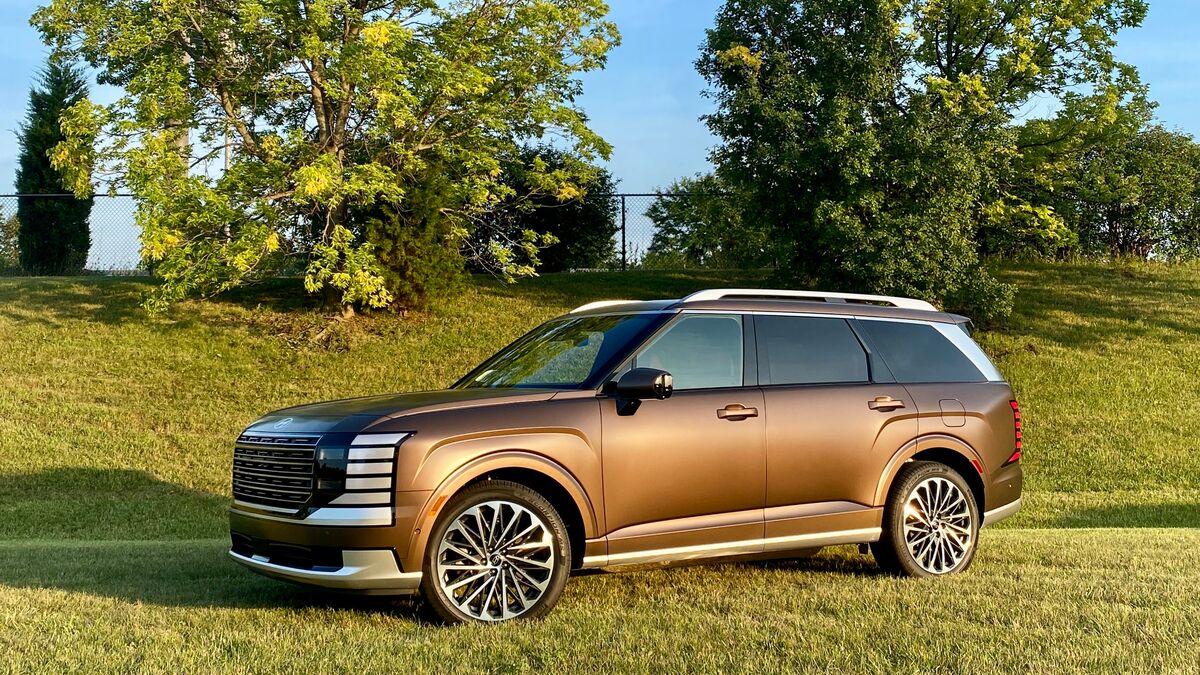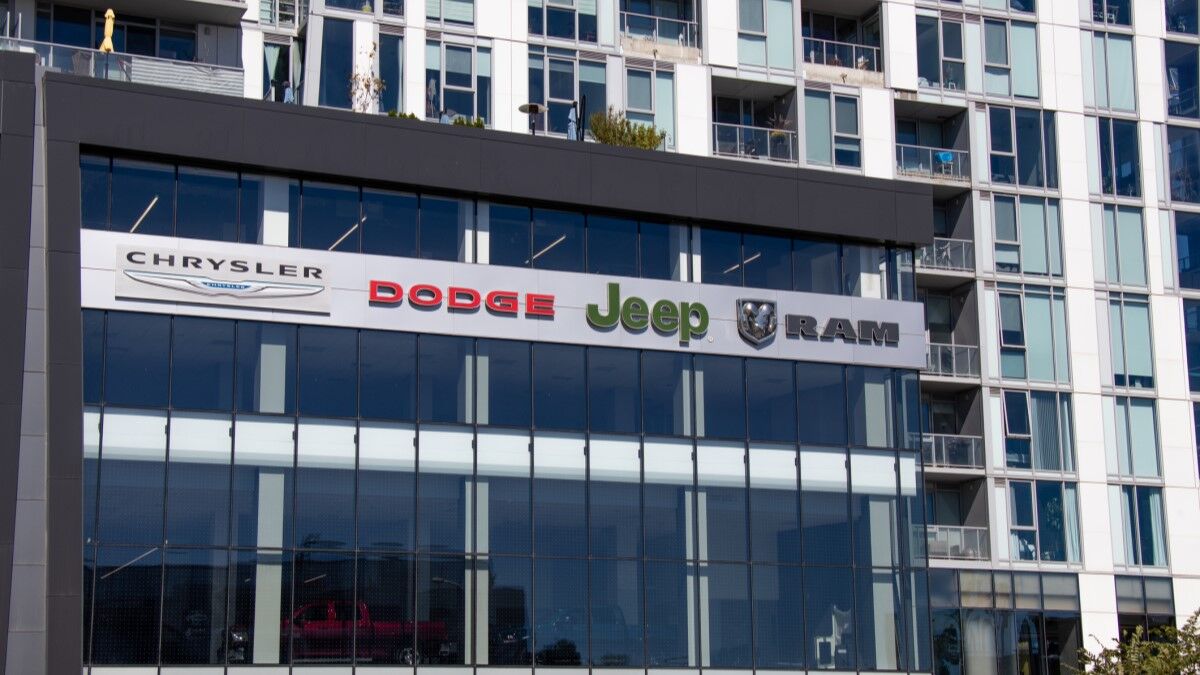More families are choosing SUVs over sedans these days, and the reasons couldn’t be more obvious. While sedans may have a style advantage, families are more concerned with more practical matters, especially installing and removing child safety seats. In this test, SUVs win hands down thanks to their higher ride height, the additional headroom provided by the taller roof, and better overall interior space.
Not only is the use of child safety seats the law in all 50 states and federally, it’s just an obvious choice parents should make for the safety of their children. A properly designed child booster seat or rear-facing infant seat can be the difference between life and death for your little ones, even in a minor accident.
However, not all vehicles’ rear seats are created equally when it comes to fitting child seats. Even though pretty much every new car with a rear seat uses the LATCH system — it stands for Lower Anchors and Tethers for CHildren — it’s obvious some manufacturers put more effort into incorporating LATCH into their cars than others. And it goes beyond sheer vehicle size. While minivans obviously are the kings of booster seats, even in those vehicles there can be wide variations between how the seats are installed, and how well they’re integrated into the vehicle’s overall function.
General Guidelines
We test-fit child booster and rear-facing seats in every car in our Best Family Car field, and if you’re shopping for a new car, you should do the same thing. Bring your boosters with you to the dealership and install them in the car you’re looking at. See for yourself how easy it is to get to those lower anchors and that upper tether. Can you access the third row with the booster installed? How easy is it to remove the seat after it’s been installed? Be sure to check how much front seat legroom there is as well, especially in front of a rear-facing infant seat, since those tend to take up more space. While you’re at it:
Check local laws for how long you need to keep your kids in a dedicated child seat, and what type. Note that some laws may have changed since you last learned of them. California, for example, now requires children to be in a rear-facing child seat until they’re 2 years old.
Be sure you know how to properly adjust the straps and belts for your child. If you have any doubts, check the owner’s manual. If that still leaves you unsure, contact your local highway patrol or state police office, as most will provide an in-person demonstration of what to do.
We all want to keep our kids warm, but be sure to remove that heavy winter coat BEFORE strapping your kids into their boosters. The puffy coat can reduce the effectiveness of the belts, allowing your child to slip out of them in an accident. If you’re worried about warmth, tuck the coat over your child like a blanket after they’re strapped in.
Keep federal guidelines in mind: Even after your kids have outgrown their boosters, you should still have them sit in the back seat until they’re at least 12 years old.
Evaluating the Best
While car seat installation, removal and capacity considerations were only some of the criteria we used in naming the 12 Best Family Cars of 2017, car-shopping families with little ones should put extra care into making sure the car they choose will meet their needs for the next several years. Here’s a quick look at how each of this year’s winners performed during the car-seat portion of our testing:
Best 2-Row SUVs for Families
2017 Honda CR-V This might just be the most child-seat friendly 2-row SUV you can buy. The lower anchors are exceptionally simple to find and use, and there was plenty of room in the front seat for even a long-legged passenger when a rear-facing infant seat was installed. As an added bonus, a passenger can even squeeze between the two boosters in the back without later needing a chiropractor.
2017 Subaru Outback The Outback feels huge inside, and the plentiful rear seat legroom means there’s good front seat room when a rear-facing infant seat is installed. The lower anchors are hidden behind a strip of seat upholstery, making them exceptionally easy to find and use.
2017 Kia Sportage The Kia Sportage swallowed two boosters without difficulty, although the lower anchors aren’t quite as easy to access as they are in the CR-V. It was easy to access the rear tethers though, and a rear-facing infant seat is a better fit here than in the HR-V.
2017 Honda HR-V This mini SUV has a mighty big rear seat. Fitting two big boosters was simple, but if you have a newborn in a rear-facing infant seat, front legroom gets pretty tight. Like the CR-V, the HR-V uses vertical slots in the seat upholstery, making it exceptionally easy to access the lower anchors.
Best 3-Row SUVs for Families
2017 Toyota Highlander The Highlander is smaller than the Pathfinder and Pilot, so it’s no surprise that a rear-facing infant seat leaves less room for a front passenger. Despite that, the Highlander’s a good call thanks to its easy to reach lower anchors and straightforward seat installation. Note that the third row offers no LATCH.
2017 Honda Pilot The sliding second-row seats help the Pilot achieve the best possible front seat legroom when there’s an infant seat behind, as long as that second-row seat is in its rearmost position. The wide Pilot can also accommodate three car seats in the second row, as long as the second-row seats are staggered. The third row features LATCH anchors, and all were easy to find and use.
2017 Nissan Pathfinder The passenger side of the Pathfinder’s second row seat can tilt forward with a booster seat installed, a handy trick. However, the lower anchors aren’t as easy to access as they are in the Pilot, and they’re lacking entirely in the third row. On the plus side, front passenger space with an infant seat mounted behind is quite good.
2017 Chevrolet Tahoe If you stick with the 8-passenger version, you can fit three boosters across the second row of the Tahoe. However, note that the upper tethers are difficult to use because of the very stiff head restraints. The rear row lacks LATCH, meaning you’ll have to use the seatbelts. Additionally, the big Tahoe doesn’t offer notably better front legroom than many smaller SUVs.
Best Minivans
2017 Toyota Sienna Toyota touts the long-slide second-row seats in the Sienna, and it certainly gives this minivan the best possible legroom when there’s a rear-facing infant seat in the second row. Of course, sliding it that far back means you can’t use the third row. Anchors were easy to reach, making it easy to install and uninstall seats.
2017 Honda Odyssey We’ve long been pleased with the Odyssey’s easy to use LATCH seats, and three across in the second row is a snap thanks to the Honda’s Wide Mode second-row seats. The two LATCH positions in the rear mean it can carry five LATCH-equipped seats, but unlike in the Pacifica, getting to that third row would be a hassle.
2017 Chrysler Pacifica The lower anchors on the second row of the Pacifica were a little tight to reach, but not too bad, and it’s worth considering that you can leave a booster installed while tilting the second-row seat forward to get to the third row. That third row offers two LATCH positions, and with the second-row bench able to accommodate three (narrow) seats, that’s room for a total of five LATCH-equipped boosters.
2017 Kia Sedona The Sedona offers up two LATCH positions in the second row, with an additional LATCH point in the rear. They were all easy to use and access, and there was plenty of space in the front seat with a rear-facing infant seat installed.








